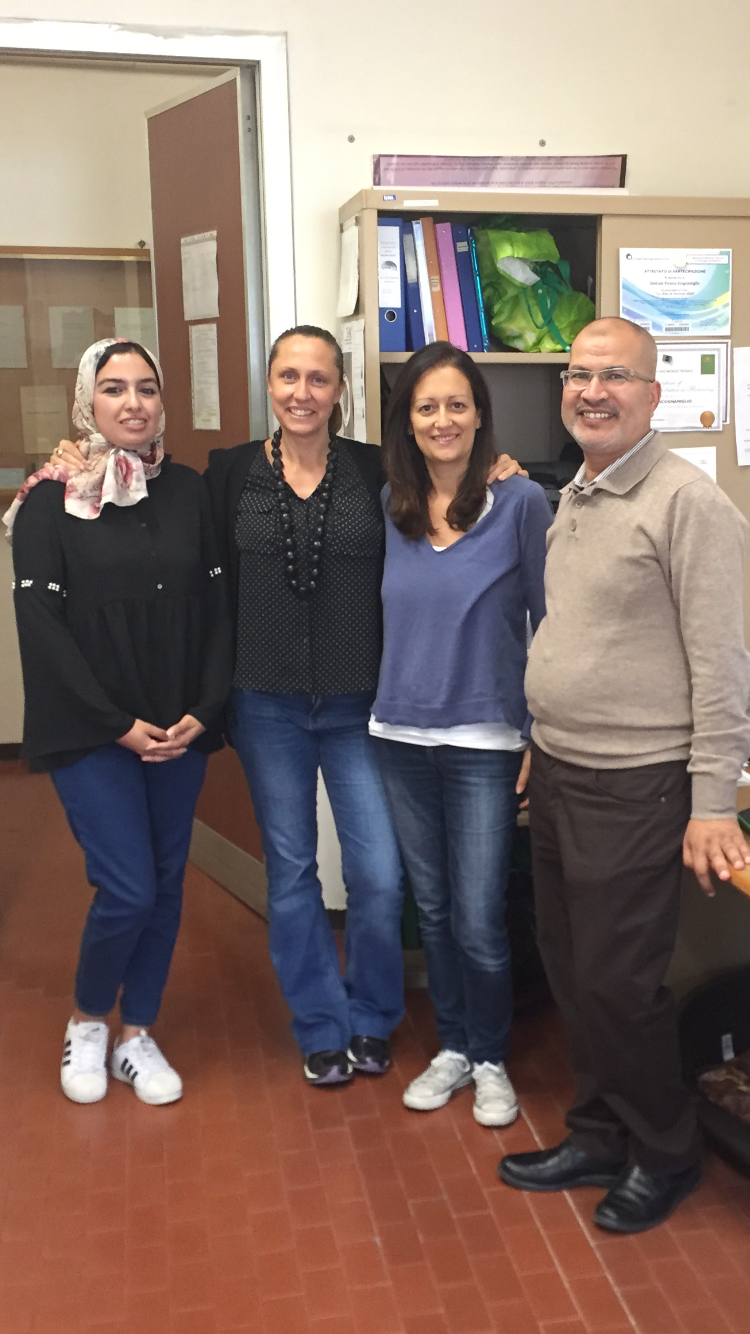Biosensors for environmental analysis
by
Edificio 6/0-10 - Sala conferenze
Area della Ricerca RM1
Abstract
The implementation of environmental protection standards and the growing increase in potentially hazardous pollutants require the development of analytical techniques, which are specific, fast and robust. Beside the chemical methods for analysis of contaminants, biosensors and biological tools are widely used for the assessment of toxicity in the environment. A biosensor is an analytical tool, which combines a bioreceptor with a physical transducer to detect specific components of a sample.
In this conference, we discuss the experimental results obtained with biosensors developed in our laboratory for the detection of phenols, pesticides (organophosphates and carbamates), heavy metals, cyanides, sulfides and viruses. Detection of emerging pollutants including drugs such as sulphonamides and endocrine disruptors such as bisphenol A in various environmental matrices at trace level will be presented.

---------------
prof. Aziz Amine
Faculty of Sciences and Techniques, Hassan II University of Casablanca, Morocco
E-mail: azizamine@yahoo.fr
Viviana Scognamiglio,
PhD Institute of Crystallography